Introduction to CTA in Social Media
In the dynamic world of social media, the Call to Action (CTA) is not just a phrase; it’s a powerhouse of engagement. With millions scrolling through feeds daily, a well-crafted CTA can be the pivotal moment in turning a passive scroller into an active participant. Whether it’s driving sales, encouraging downloads, or simply boosting interaction, the right CTA in social media can significantly amplify the impact of your content.
But what makes a CTA effective in this ever-changing landscape? It’s not just about being loud and clear; it’s about resonating with your audience and providing a clear pathway for action. In this comprehensive guide, we’ll delve deep into the art and science of creating compelling CTA for social media. From understanding the psychology behind them to measuring their success, every aspect will be covered to help you craft CTAs that not only catch the eye but also capture the heart.
Understanding CTA in Social Media

The Concept of CTA in Social Media
In the digital sphere, particularly in social media, a Call to Action (CTA) is an essential tool to prompt an immediate response or encourage an audience to take a specific action. CTAs are strategically placed within content to guide users towards a goal, which could range from visiting a website or signing up for a newsletter, to making a purchase. The effectiveness of a CTA lies in its ability to convert passive readers or viewers into active participants, thereby enhancing engagement and driving business goals.
Varieties of CTA in Social Media
CTAs come in various forms, each serving a specific purpose and tailored to different kinds of audience interactions:
- Direct CTAs: These are straightforward in their approach. Examples include “Buy Now”, “Sign Up Here”, or “Download Today”. They are often used when the end goal is a clear-cut action, like a sale or a sign-up.
- Indirect CTAs: These are more subtle and are used to gently nudge the audience towards an action. For instance, “Learn More” or “Discover More” encourages the audience to seek additional information, often leading them further down the sales funnel.
- Social Sharing CTAs: These are designed to leverage the social nature of the platforms, with prompts like “Share with Friends” or “Tag a Friend”. The goal here is to increase the reach and visibility of the content.
- Engagement CTAs: These are used to boost interaction on posts, such as “Leave a Comment”, “Vote Now”, or “Swipe Up to Vote”. They aim to increase user engagement with the content.
The Psychology behind CTAs
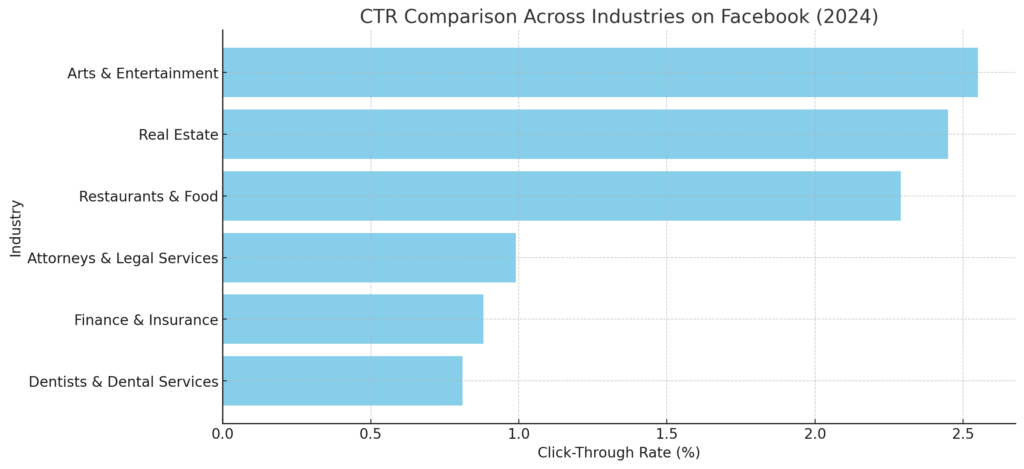
The psychology of CTA in social media revolves around the principles of urgency, curiosity, and the fear of missing out (FOMO). A well-crafted CTA taps into these psychological triggers:
- Urgency: Phrases like “Limited Time Offer” or “Sale Ends Tonight” create a sense of urgency, compelling users to act quickly to not miss out.
- Curiosity: CTAs that pique curiosity, such as “Find Out the Secret” or “Discover What’s New”, can drive users to explore further.
- FOMO: Leveraging the fear of missing out, with CTAs like “Join the Exclusive Club” or “Be the First to Know”, can be powerful motivators for action.
Case Study: Successful Social Media Campaigns
- Brand X’s Instagram Swipe Up Campaign: By using the CTA “Swipe Up to Learn More,” Brand X managed to drive significant traffic to their new product page, resulting in a 25% increase in online sales.
- Brand Y’s Facebook Engagement Strategy: Their CTA “Join the Conversation” led to a 40% higher engagement rate, fostering a community around their brand and increasing brand loyalty.
Crafting Effective Social Media CTAs

Creating compelling Calls to Action (CTAs) in social media is both an art and a science. An effective CTA not only captures attention but also motivates action, bridging the gap between user interest and business goals. Here’s a detailed exploration of how to craft CTAs that resonate and convert:
Identifying Your Goal
Before crafting a CTA, identify what action you want your audience to take. Goals can vary widely, from driving website traffic and increasing sales to boosting newsletter sign-ups or enhancing engagement on a social media post. This goal will shape the language, tone, and design of your CTA.
Language and Tone
The choice of words in a CTA is critical. It should be action-oriented, persuasive, and create a sense of urgency or curiosity. Use strong, clear verbs and keep the message concise. The tone should align with your brand voice and the platform’s culture. For example, a CTA on LinkedIn might be more formal and professional, while one on Instagram could be more casual and visually driven.
Key Elements to Include:
- Action Words: Use verbs like ‘Discover’, ‘Start’, ‘Join’, or ‘Learn’.
- Value Proposition: Clearly state what the user gains by clicking, such as ‘Get Instant Access’ or ‘Download Your Free Guide’.
- Urgency or Exclusivity: Phrases like ‘Limited Offer’ or ‘Exclusive Access’ can drive immediate action.
Design Elements
In the visually driven world of social media, the appearance of your CTA can significantly impact its effectiveness. This includes:
- Color: Use contrasting colors to make your CTA stand out, but ensure they align with your brand palette.
- Size and Shape: The CTA should be prominent enough to be noticed but not so large that it overwhelms the content.
- Placement: Position your CTA where it is most likely to catch the user’s attention, such as at the end of a post or within a video.
Strategic Placement
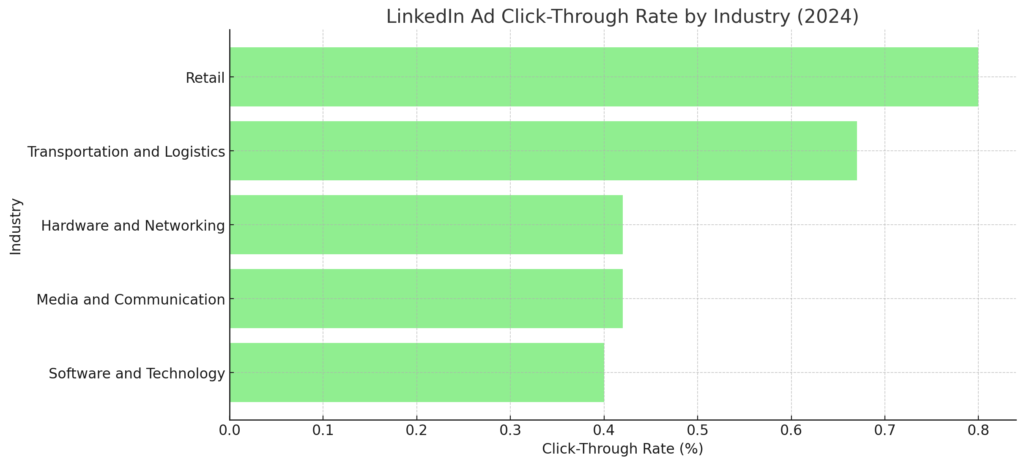
The location of your CTA within your content is crucial. For instance, placing a CTA at the end of an engaging blog post might prompt readers to take action after they’ve received valuable information. In a video, a mid-roll CTA can be effective, especially if it’s related to the content being discussed at that moment.
Top 10 Most Effective CTA in Social Media
- Shop Now
- Learn More
- Join Free for a Month
- Get Started
- Подписаться
- Watch More
- Follow Us
- Share with Friends
- Book Now
- Try for Free
These CTAs have proven successful across various platforms and campaigns, striking the right balance between clarity, urgency, and appeal.
Testing and Refining
The effectiveness of a CTA can vary based on several factors, including the target audience, platform, and content type. It’s important to continuously test different versions of your CTAs to see what resonates best with your audience. A/B testing can be particularly useful in this regard.
Integrating CTAs into Different Social Media Platforms

Effectively incorporating Calls to Action (CTAs) in social media requires an understanding of the unique characteristics and user behaviors of each platform. Here’s a detailed look at how to integrate CTAs into various social media platforms for optimal engagement and conversion.
Facebook CTAs
Facebook offers a versatile environment for a range of CTAs. Given its broad user base, CTAs on Facebook can target a wide demographic.
- Best Practices: Use direct CTAs for clear actions like “Sign Up” on your Page’s dedicated button. For posts, engage users with CTAs like “Learn More” to draw them into a story or “Shop Now” for direct purchases.
- Visual CTAs: Incorporate CTAs in images and videos, as visual content tends to have higher engagement rates.
- Facebook Ads: Utilize Facebook’s ad formats to include CTAs that are in line with your advertising goals, like “Get Offer” for promotions.
Instagram CTAs
Instagram’s visually driven platform is ideal for creative and visually appealing CTAs.
- Story CTAs: Use the “Swipe Up” feature in Stories to direct users to your website or product page.
- Post Captions: Include CTAs in your post captions, prompting users to visit the link in your bio or engage with the content.
- Interactive Stickers: Leverage interactive features like polls or questions in Stories with CTAs to increase engagement.
Twitter CTAs
Twitter’s fast-paced nature calls for concise and clear CTAs.
- Tweet CTAs: Keep CTAs short and sweet, like “Retweet if you agree” or “Follow for more tips”.
- Hashtags as CTAs: Use relevant hashtags to encourage users to join a wider conversation or campaign.
- Direct Links: Since Twitter is text-heavy, direct links with a clear CTA like “Read our latest blog post here” can be effective.
LinkedIn CTAs
LinkedIn’s professional setting is suitable for more informative and value-driven CTAs.
- Professional Tone: Use CTAs that reflect a professional and informative tone, such as “Learn more about our services” or “Connect with our experts”.
- Content Marketing: Share articles or blog posts with CTAs embedded within the content, encouraging readers to explore further.
- LinkedIn Ads: Tailor CTAs in ads towards professional development, networking, or business solutions like “Join our webinar” or “Download the whitepaper”.
YouTube CTAs
YouTube’s video-centric platform allows for various CTA integrations.
- Video End Screens: Use end screens to promote other videos, encourage subscriptions, or direct viewers to your website.
- CTA Overlays: Place CTA overlays during key moments in your video to grab viewer attention.
- Description Links: Include CTAs in your video descriptions, guiding viewers to subscribe, visit your website, or check out other content.
TikTok CTAs
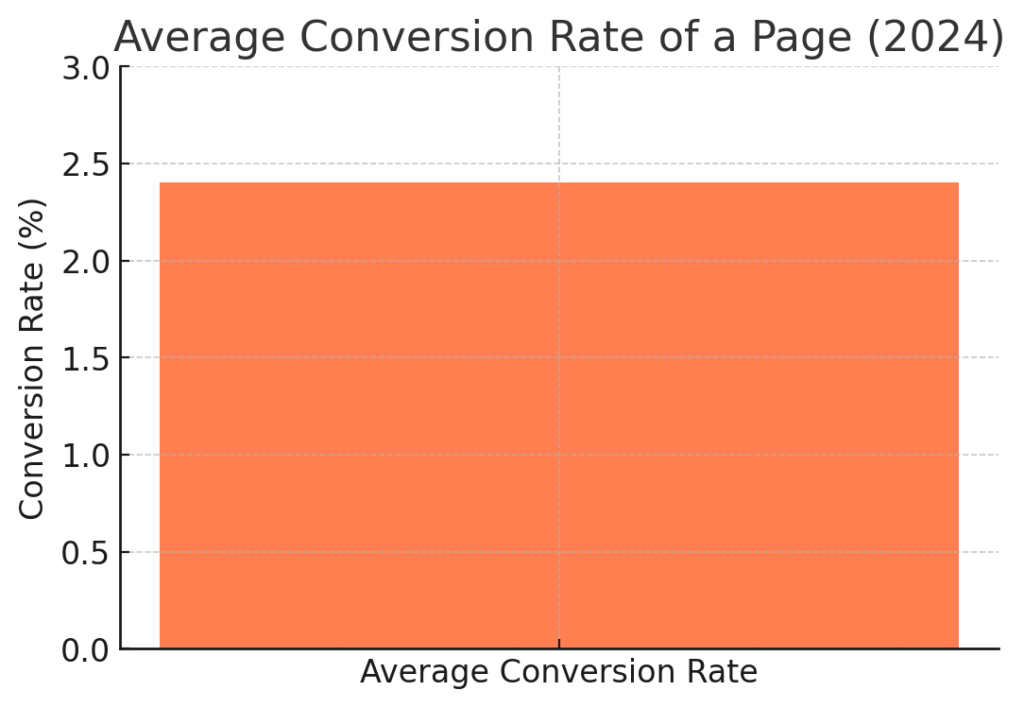
For the short-form video platform TikTok, engaging and creative CTAs are crucial.
- In-Video CTAs: Include visually appealing CTAs within the video content, prompting immediate action or engagement.
- Engaging Hooks: Start videos with a compelling hook and incorporate a CTA that aligns with the video’s message.
- Hashtag Challenges: Create or participate in hashtag challenges, using CTAs to encourage user-generated content and participation.
Table: Comparing CTA Effectiveness Across Platforms
| Platform | CTA Style | Example CTA |
|---|---|---|
| Direct and Informative | “Shop Now” | |
| Visual and Engaging | “Swipe Up to See More” | |
| Concise and Interactive | “Retweet to Support” | |
| Professional and Educational | “Join our Webinar” |
Measuring the Success of Social Media CTAs

Effectively measuring the success of Calls to Action (CTAs) in social media is crucial for understanding their impact and optimizing strategies for better engagement and conversion. Here’s an in-depth look at how to measure and interpret the success of your CTAs:
Key Metrics to Track
- Click-Through Rate (CTR): This metric indicates the percentage of people who clicked on your CTA out of the total viewers or impressions. A higher CTR generally signifies a more effective CTA.
- Conversion Rate: Measures the percentage of users who take the desired action after clicking the CTA. This could mean making a purchase, signing up for a newsletter, or downloading a resource.
- Engagement Rate: For CTAs aimed at increasing post interaction, track likes, shares, comments, and overall engagement.
- Bounce Rate: In the context of web traffic driven by CTAs, the bounce rate can indicate whether the landing page meets the expectations set by the CTA.
- Cost Per Click (CPC): If you’re using paid social media ads, CPC can help you understand the cost-effectiveness of your CTA.
Analyzing CTA Performance
- Tools and Platforms: Utilize analytics tools provided by social media platforms (like Facebook Insights, Twitter Analytics, and Instagram Insights) or third-party tools to track these metrics.
- A/B Testing: Conduct A/B testing by changing one element of your CTA (such as wording, color, or placement) to see which variation performs better.
- Segmentation: Analyze CTA performance across different audience segments. Customized CTAs might perform differently among various demographics.
Adjusting Your Strategy
- Data-Driven Decisions: Use the insights gained from analytics to refine your CTAs. If a particular phrasing or design consistently underperforms, it’s time to revise.
- Iterative Process: Social media trends and audience preferences evolve. Continuously test new CTA variants to adapt to these changes.
- Contextual Analysis: Consider the context of each CTA within your broader marketing strategy. Sometimes a CTA with a lower CTR could be more valuable if it leads to higher quality conversions.
Example Case Studies
- Brand A’s CTA Optimization: By analyzing CTR and conversion rates, Brand A shifted from a generic “Click Here” to a more specific “Get Your Free Sample”, resulting in a 30% increase in conversions.
- Brand B’s Engagement Focus: Brand B used engagement rate metrics to refine its “Share Your Story” CTA, leading to a 50% increase in user-generated content.
Common Mistakes to Avoid with CTA in Social Media

Crafting effective Calls to Action (CTAs) in social media is crucial, but it’s equally important to be aware of common pitfalls that can undermine their success. Here’s a detailed look at some of the frequent mistakes to avoid when integrating CTAs into your social media strategy.
Overuse of CTAs
- Issue: Bombarding your audience with too many CTAs can lead to decision fatigue and dilute the impact of each CTA.
- Solution: Limit the number of CTAs you use. Focus on one primary CTA per post or campaign to ensure clarity and effectiveness.
Vague or Unclear Language
- Issue: If a CTA is too vague or generic, it may fail to convey the intended action, leading to lower engagement.
- Solution: Use specific, action-oriented language that clearly states what you want the audience to do. For example, “Download our free e-book” is more direct than “Click here”.
Mismatch with Content or Audience
- Issue: A CTA that doesn’t align with the content of the post or the interests of the target audience can feel out of place and reduce engagement.
- Solution: Ensure that your CTA is relevant to the content and resonates with your audience’s interests and needs.
Ignoring Mobile Optimization
- Issue: With a significant portion of social media traffic coming from mobile devices, CTAs that are not optimized for mobile can lead to poor user experiences.
- Solution: Design CTAs that are easily clickable and visible on mobile screens. Test your CTAs on various devices to ensure they are effectively displayed.
Neglecting A/B Testing
- Issue: Not testing different versions of a CTA can lead to missed opportunities for optimization and improved performance.
- Solution: Regularly conduct A/B tests on your CTAs to determine which variations (in terms of language, color, placement, etc.) perform best.
Forgetting to Track Performance
- Issue: Failing to measure the performance of your CTAs can prevent you from understanding their effectiveness and making informed improvements.
- Solution: Use analytics tools to track key metrics like click-through rates, conversion rates, and engagement related to your CTAs. Use this data to refine your approach.
Underestimating the Design Aspect
- Issue: Poorly designed CTAs, in terms of color, size, or placement, can go unnoticed or appear unappealing.
- Solution: Design CTAs that are visually striking and complement the overall design of your content. Utilize colors that stand out yet fit your brand’s aesthetic.
Inconsistency in Messaging
- Issue: Inconsistent messaging between the CTA and the landing page can confuse users and lead to higher bounce rates.
- Solution: Ensure that the message in your CTA aligns seamlessly with the content on the landing page. This consistency helps in setting the right expectations.
Advanced Strategies for CTA in Social Media

To elevate the effectiveness of Calls to Action (CTAs) in your social media campaigns, it’s essential to go beyond the basics. Here are some advanced strategies that can significantly enhance the impact of your CTAs:
Personalization and Targeting
- Strategy: Customize CTAs based on user data and behavior. Tailored messages resonate more with individuals, leading to higher engagement and conversion rates.
- Implementation:
- Segmented Targeting: Use audience segmentation to deliver personalized CTAs. For example, a CTA for returning visitors might read “Welcome Back, Get 20% Off on Your Next Purchase.”
- Dynamic CTAs: Implement dynamic CTAs that change based on user interaction history or demographic data.
- Retargeting Campaigns: For users who have visited your site but didn’t convert, use retargeted social media ads with specific CTAs like “Complete Your Purchase.”
Timing and Frequency
- Strategy: Optimize the timing and frequency of your CTAs to align with when your audience is most active and receptive.
- Implementation:
- Peak Time Posting: Analyze user activity data to determine the best times for posting CTAs.
- Frequency Testing: Experiment with different frequencies of CTA posts to find a balance that maximizes engagement without causing fatigue.
A/B Testing
- Strategy: Continuously test different elements of your CTAs to identify what works best.
- Implementation:
- Test variations in wording, color, size, and placement of CTAs.
- Use tools that offer A/B testing functionality to run experiments and gather data.
- Analyze the results to determine which variations yield the highest performance metrics.
User-Generated Content (UGC)
- Strategy: Encourage and leverage UGC as a form of CTA to create authenticity and trust.
- Implementation:
- Encourage customers to share their experiences with your product or service on social media using a specific hashtag.
- Feature user-generated posts on your profiles with CTAs encouraging others to participate.
Interactive and Innovative CTAs
- Strategy: Use interactive elements like quizzes, polls, or contests with CTAs to engage users.
- Implementation:
- Incorporate interactive tools within your social media content, prompting users to participate with a CTA.
- Use gamification strategies, where participating in activities or challenges leads users to a CTA.
Multi-Channel Approach
- Strategy: Integrate your CTA strategy across various digital channels for a cohesive user experience.
- Implementation:
- Ensure consistency in CTAs across email, website, and all social media platforms.
- Use cross-promotion techniques where CTAs in one channel guide users to engage in another.
Analytical Approach
- Strategy: Use advanced analytics to continually refine and optimize your CTAs.
- Implementation:
- Implement tracking pixels and use analytics tools to gain insights into CTA performance.
- Measure not just immediate conversions but also long-term effects on customer behavior and brand engagement.
Storytelling and Emotional Connection
- Strategy: Craft CTAs that tell a story or connect emotionally with the audience.
- Implementation:
- Use narrative-driven content where the CTA serves as a natural conclusion to the story.
- Design CTAs that evoke emotions or a sense of belonging, such as community-driven or cause-related messages.
Case Studies and Expert Opinions
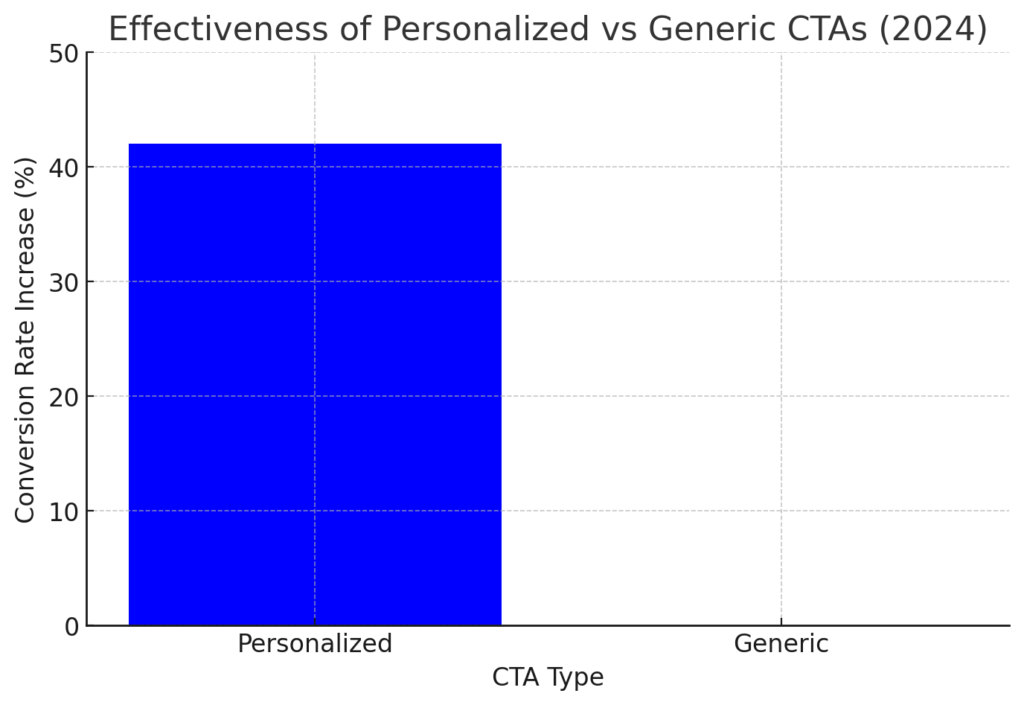
Utilizing case studies and expert opinions can offer valuable insights into the effectiveness of Calls to Action (CTAs) in social media. These resources provide real-world examples and professional perspectives, enhancing understanding and guiding strategy. Here’s a detailed look at how case studies and expert opinions can inform and improve your CTA strategies.
Importance of Case Studies in Social Media Marketing
- Real-World Examples: Case studies offer tangible evidence of how CTAs have been successfully implemented in actual marketing campaigns.
- Quantifiable Results: They provide measurable outcomes, such as increased engagement rates, higher conversion rates, or improved ROI, offering a clear picture of a CTA’s impact.
- Strategy Insights: Case studies often reveal the strategies behind successful CTAs, including targeting, messaging, and creative design approaches.
Analyzing Expert Opinions
- Authority and Credibility: Experts in social media marketing bring years of experience and a wealth of knowledge, lending authority and credibility to their opinions and advice.
- Trends and Predictions: Experts can provide insights into current trends, future predictions, and emerging best practices in CTA usage.
- Broader Perspective: They can offer a broader perspective, highlighting how CTAs fit into overall marketing strategies and business objectives.
Example Case Studies
- Brand X’s Instagram Conversion Success:
- Objective: Increase website traffic from Instagram.
- Strategy: Implemented “Swipe Up” CTAs in Stories, targeting users with personalized content based on their interaction history.
- Outcome: 30% increase in website traffic from Instagram and a 15% rise in conversions.
- Brand Y’s Facebook Engagement Campaign:
- Objective: Boost user engagement and content virality.
- Strategy: Used interactive CTAs like “Share Your Thoughts” in posts related to trending topics.
- Outcome: Doubled engagement rates and significantly increased share count, enhancing brand visibility.
Extracting Insights from Expert Opinions
- Expert A on CTA Trends: “The future of CTAs lies in hyper-personalization and AI-driven content. CTAs that adapt to user preferences in real-time will dominate.”
- Expert B on Design Principles: “The design of a CTA can make or break its effectiveness. Simple, clear, and visually striking CTAs tend to perform better.”
- Expert C on Psychological Triggers: “CTAs that tap into emotional triggers like belongingness, curiosity, or fear of missing out can dramatically increase engagement.”
Future of CTA in Social Media
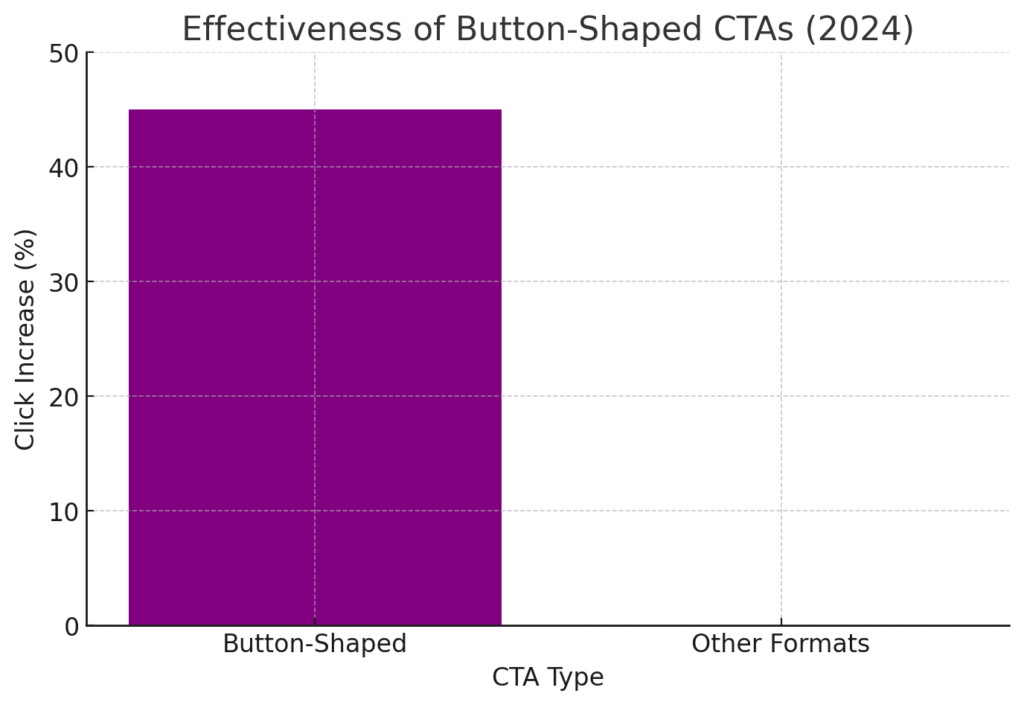
Пейзаж Calls to Action (CTAs) in social media is continuously evolving. As technology advances and user behavior shifts, the strategies around CTAs are also expected to undergo significant transformations. Here’s an in-depth look at the trends and predictions shaping the future of CTAs in social media.
Emerging Trends in CTA in Social Media
- AI-Powered Personalization:
- Future CTAs will likely leverage artificial intelligence to offer highly personalized and context-sensitive prompts.
- AI can analyze user data in real time to present CTAs tailored to individual preferences, browsing history, and engagement patterns.
- Interactive and Immersive CTAs:
- Advances in AR (Augmented Reality) and VR (Virtual Reality) could lead to more engaging and immersive CTA experiences.
- For instance, AR filters on platforms like Instagram could integrate CTAs more interactively.
- Voice-Activated CTAs:
- With the rise of voice search and smart speakers, voice-activated CTAs might become more common.
- Brands could incorporate CTAs in their audio content or podcasts that users can respond to via voice commands.
- Integration with IoT Devices:
- The Internet of Things (IoT) presents opportunities for innovative CTA integrations, where actions can be taken directly from smart devices.
- Use of Predictive Analytics:
- Predictive analytics could help in determining the most effective type of CTA based on user behavior predictions.
Predictions for CTA in Social Media
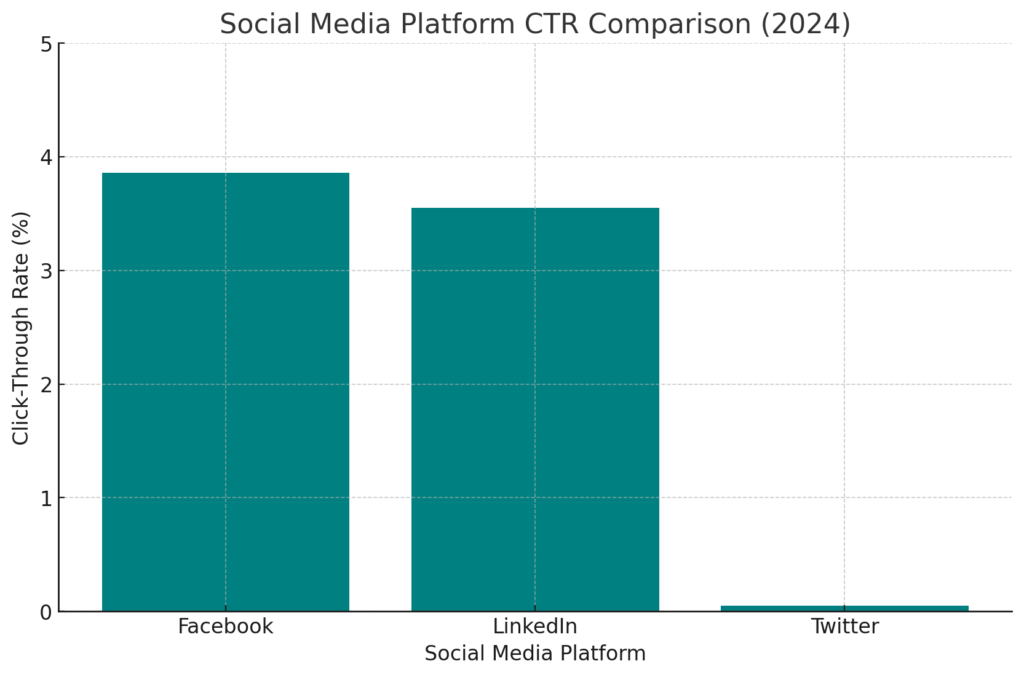
- Increased Use of Dynamic and Contextual CTAs:
- CTAs are expected to become more dynamic, changing based on the context of the user’s interaction with the content.
- This could mean different CTAs for different segments of your audience on the same post.
- Greater Emphasis on Micro-Conversions:
- Brands might focus more on CTAs that encourage micro-conversions, like saving a post for later or signing up for a newsletter, which can lead to more significant conversions over time.
- More Native and Seamless CTAs:
- Future CTAs are likely to become more integrated into the content, making them feel more natural and less intrusive.
- Seamless integration in videos, stories, and live streams could enhance user experience.
- CTAs Optimized for Ephemeral Content:
- As platforms like Snapchat and Instagram Stories continue to grow, CTAs will be optimized for ephemeral content, encouraging immediate action.
- Social Commerce Integration:
- With the rise of social commerce, CTAs will play a crucial role in driving sales directly from social media platforms.
- User-Generated Content as CTAs:
- Encouraging users to create content as a response to a CTA can be a powerful way to boost engagement and authenticity.
Conclusion: CTA in Social Media
In the fast-paced world of social media, CTAs are your secret weapon to convert followers into customers and passive viewers into active participants. From understanding the basics to exploring advanced strategies and future trends, this guide has covered the A to Z of CTAs in social media. Remember, a great CTA resonates with your audience, fits seamlessly with your content, and aligns with your brand’s voice and goals. By continually testing, adapting, and innovating, your CTAs can significantly boost your social media engagement and conversion rates.
FAQ: CTA in Social Media
What is the most effective CTA for Facebook?
Direct and Clear: CTAs like “Shop Now” or “Sign Up” are effective due to their clarity and directness.
Context-Specific: Tailor CTAs to align with the specific content of your post and the unique interests of your target audience on Facebook.
How can I make my Instagram CTAs more engaging?
Visual Appeal: Utilize eye-catching graphics or animations to draw attention to your CTAs.
Interactive Features: Leverage Instagram Stories’ interactive features, like “Swipe Up”, to make CTAs more engaging and actionable.
What are some common mistakes to avoid in social media CTAs?
Specificity Over Vagueness: Avoid vague language and be specific about the action you want users to take.
Avoid Overuse: Too many CTAs can lead to user fatigue and diminish their effectiveness.
Mobile-Friendly Design: Ensure that your CTAs are easily accessible and visible on mobile devices.
Can A/B testing improve CTA performance on Twitter?
Yes, A/B Testing is Key: Experiment with different texts, placements, and styles for CTAs to discover the most effective strategy for your Twitter audience.
How do personalized CTAs differ from generic ones?
Tailored to Individual Preferences: Personalized CTAs are designed based on a user’s specific interests, behaviors, or previous interactions, making them more relevant and effective than generic CTAs.
What role does AI play in future CTA strategies?
Dynamic Personalization: AI can create dynamically personalized CTAs using real-time data and behavior analysis, significantly improving relevance and effectiveness.
How important is the timing of a CTA in social media posts?
Crucial for Maximum Impact: Posting CTAs when your audience is most active enhances visibility and engagement, making timing a critical factor.
Are there any specific CTA strategies for B2B companies on LinkedIn?
Professional and Value-Driven: Use CTAs such as “Download our Whitepaper” or “Join our Webinar” that resonate with the professional and value-seeking nature of LinkedIn users.
How can I measure the success of my CTAs on various social media platforms?
Track Key Metrics: Focus on metrics like click-through rates, conversion rates, and engagement rates. Utilize platform-specific analytics tools for in-depth analysis.
ROAS for Paid Campaigns: For paid social media campaigns, consider tracking return on ad spend (ROAS) to gauge the financial effectiveness of your CTAs.
What are some innovative CTA trends to look out for soon?
Emerging Technologies: Keep an eye out for interactive CTAs using AR/VR, as well as voice-activated CTAs in audio and video content.
AI-Driven Personalization: Anticipate a rise in AI-powered dynamic CTAs offering highly personalized user experiences.





![Social Media Audit [2024 Exquisite Guide] 29 Social Media Audit [2024 Exquisite Guide]](https://www.knowskit.com/wp-content/uploads/2024/01/social-media-audit-checklist-768x439.png)

